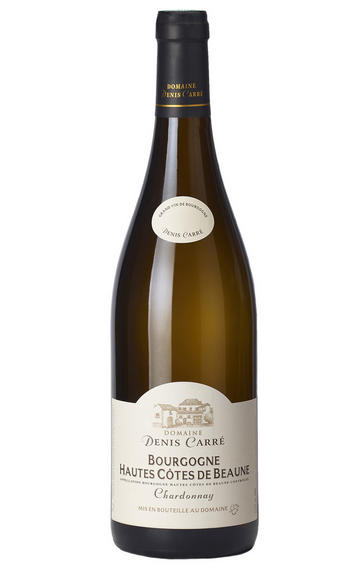
2020 Bourgogne Hautes Côtes de Beaune, Chardonnay, Domaine Denis Carré
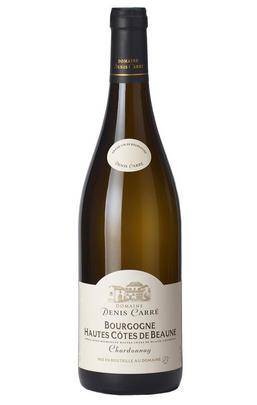
Critics reviews
Made from relatively young vines planted on limestone soils in the village of Meloisey.
Lightly nutty. Fresh and nicely balanced with recognisably Burgundian savour. Not for long-term keeping but good value.
Drink 2023 - 2027
Jancis Robinson MW, JancisRobinson.com (September 2023)
About this WINE
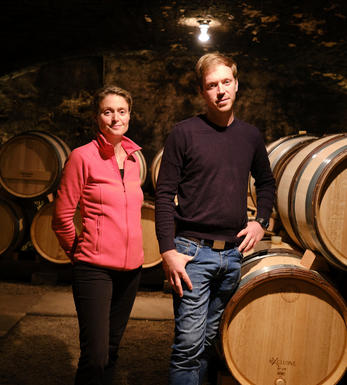
Domaine Denis Carre
Denis Carré did not inherit any vineyards, but – having harvested grapes as a teenager – he decided he wanted to make wine. He began renting vines, initially some Gamay and Pinot for three barrels of Passetoutgrains, while working in a garage in the evenings to fund his winemaking. He and his wife, Bernadette, slowly but surely added to their holdings, and the estate now totals 14 hectares across the Hautes Côtes and Côte de Beaune. Their children, Martial and Gaëtane, have been involved full-time since 2008, and now run the domaine.
Tucked away in Meloisey, in the Hautes Cotes de Beaune, this small family domaine has so far remained relatively under the radar, but the recent change of generation has seen their reputation grow. This is largely thanks to their careful work in the vineyards, which is geared towards achieving the best quality possible, as well as a sensible approach to winemaking, which focuses on producing accessible wines with fresh, clean, fruit profiles. Gaëtane and Martial are thoughtful, energetic and smart, understanding that wine is made to be drunk and enjoyed, and their focus is on making wines that give pleasure when young, but also have the potential to age gracefully. Everything is focused on preserving purity of fruit; a maximum of 25% new oak is used on the top wines, while the Pinot Noir is all de-stemmed, extraction is gentle and bâtonnage is avoided. Many of their parcels are at relatively high altitude, and the cool location of the Hautes Côtes gives their wines real energy and freshness.
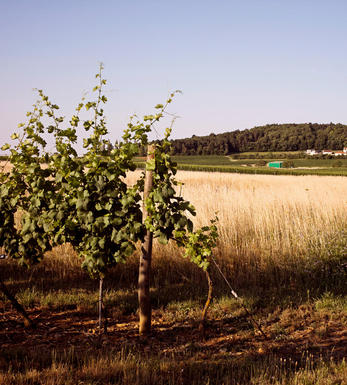
Bourgogne Hautes-Côtes de Beaune
Hautes-Côtes de Beaune in Burgundy is located on the slopes and plateaus above the Côte de Beaune, one of the world's most renowned wine-producing areas, stretching along the hills and valleys.
The climate is characterised by its semi-continental nature, with cool winters, warm summers, and moderate rainfall. This region's terroir (the combination of soil, climate, and geography) significantly influences the character of the wines produced here.
Pinot Noir and Chardonnay are predominantly cultivated like the rest of Burgundy. These two grape varieties thrive in the region's soil and climate, producing exceptional wines with unique characteristics. Red wines made from Pinot Noir in Hautes-Côtes de Beaune often display elegant fruit flavours, delicate tannins, and a notable expression of terroir. On the other hand, white wines crafted from Chardonnay showcase crisp acidity, minerality, and a rich, floral bouquet.
While the Hautes-Côtes de Beaune might not be as famous as some of the more prestigious appellations within Burgundy, it is an exciting and promising region, producing distinct, elegant wines that reflect its unique terroir.
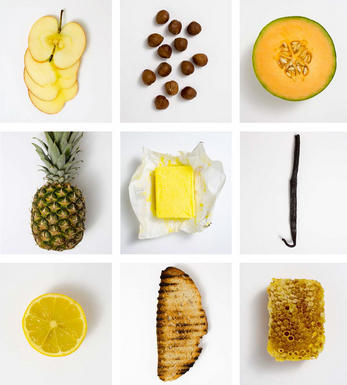
Chardonnay
Chardonnay is often seen as the king of white wine grapes and one of the most widely planted in the world It is suited to a wide variety of soils, though it excels in soils with a high limestone content as found in Champagne, Chablis, and the Côte D`Or.
Burgundy is Chardonnay's spiritual home and the best White Burgundies are dry, rich, honeyed wines with marvellous poise, elegance and balance. They are unquestionably the finest dry white wines in the world. Chardonnay plays a crucial role in the Champagne blend, providing structure and finesse, and is the sole grape in Blanc de Blancs.
It is quantitatively important in California and Australia, is widely planted in Chile and South Africa, and is the second most widely planted grape in New Zealand. In warm climates Chardonnay has a tendency to develop very high sugar levels during the final stages of ripening and this can occur at the expense of acidity. Late picking is a common problem and can result in blowsy and flabby wines that lack structure and definition.
Recently in the New World, we have seen a move towards more elegant, better- balanced and less oak-driven Chardonnays, and this is to be welcomed.


Buying options
Add to wishlist
Description
The Hautes-Côtes de Beaune Chardonnay really punches above its weight with a sophisticated, struck-match reduction on the nose, bright, succulent fruit in the middle and a fine, toasty mineral finish. Made from relatively young vines planted on limestone soils in the village of Meloisey, this is fermented and aged in oak barrels, giving a wonderful expression of fruit-focused Burgundian Chardonnay.
Drink 2023 - 2026
Berry Bros. & Rudd
wine at a glance
Delivery and quality guarantee